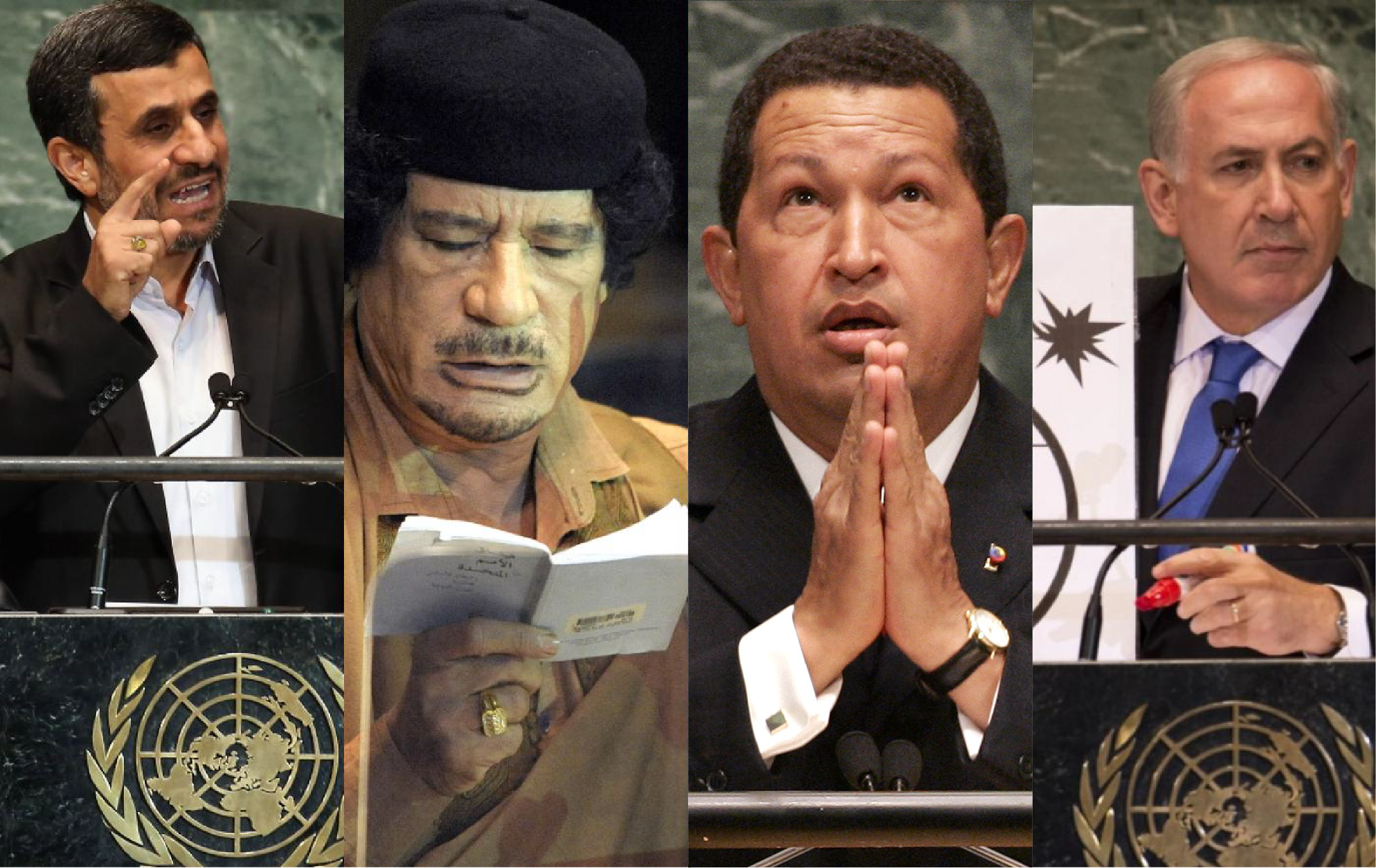The United Nations was established in 1945 after World War II, aiming to prevent future crises. Initially, 51 states signed its Charter, but today there are 193 member states. Each year, representatives from these member states gather at the General Assembly session to address various global issues. Throughout the history of the United Nations, there have been some noteworthy and often sensational events that deserve discussion.

The tradition of the General Assembly sessions usually begins with the head of state of Brazil delivering the first address, followed by the head of state of the United States. These speeches are expected to be concise, typically limited to 15 minutes. However, Fidel Castro of Cuba broke this rule by delivering an epic speech that lasted four and a half hours in 1960, a record that remains unbroken to this day.
While the General Assembly sessions are primarily convened to promote peace, conflicts have occasionally erupted within its walls. In 1960, a Soviet leader famously expressed his anger and frustration by removing his shoes and using them to strike the table, a gesture that has since become a symbol of global outrage.
Another memorable incident occurred when Palestinian leader Yasser Arafat brandished a gun during his appearance at the UN General Assembly, drawing widespread criticism for his action. In 2006, Hugo Chávez, the leader of Venezuela, made lewd comments and gestures towards the head of state of another country, creating a comical atmosphere in the General Assembly.
In 1990, Libyan leader Muammar Gaddafi made a contentious debut at the UN General Assembly. He referred to it as a “militant assembly” and dramatically threw the UN Charter away. These historical events remind us that the General Assembly’s proceedings are not always conventional and often take unexpected turns.
Leave a Reply